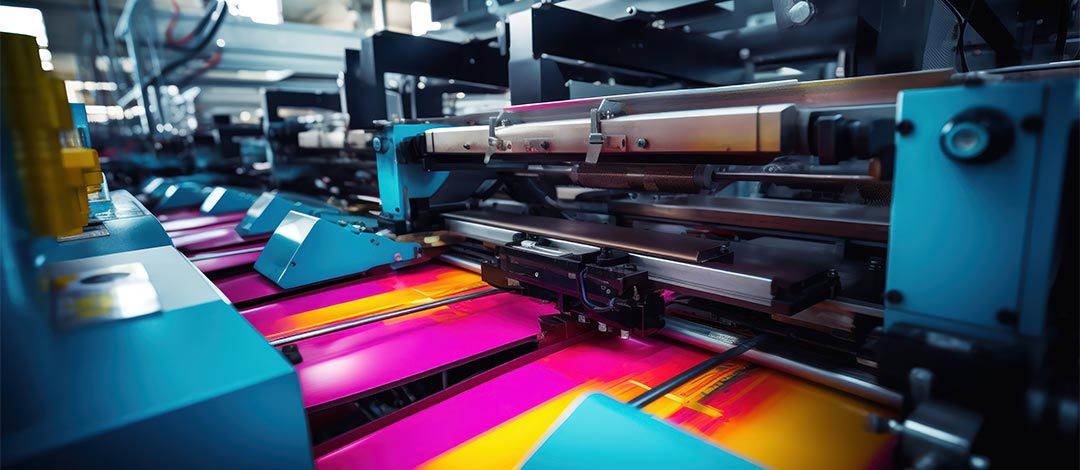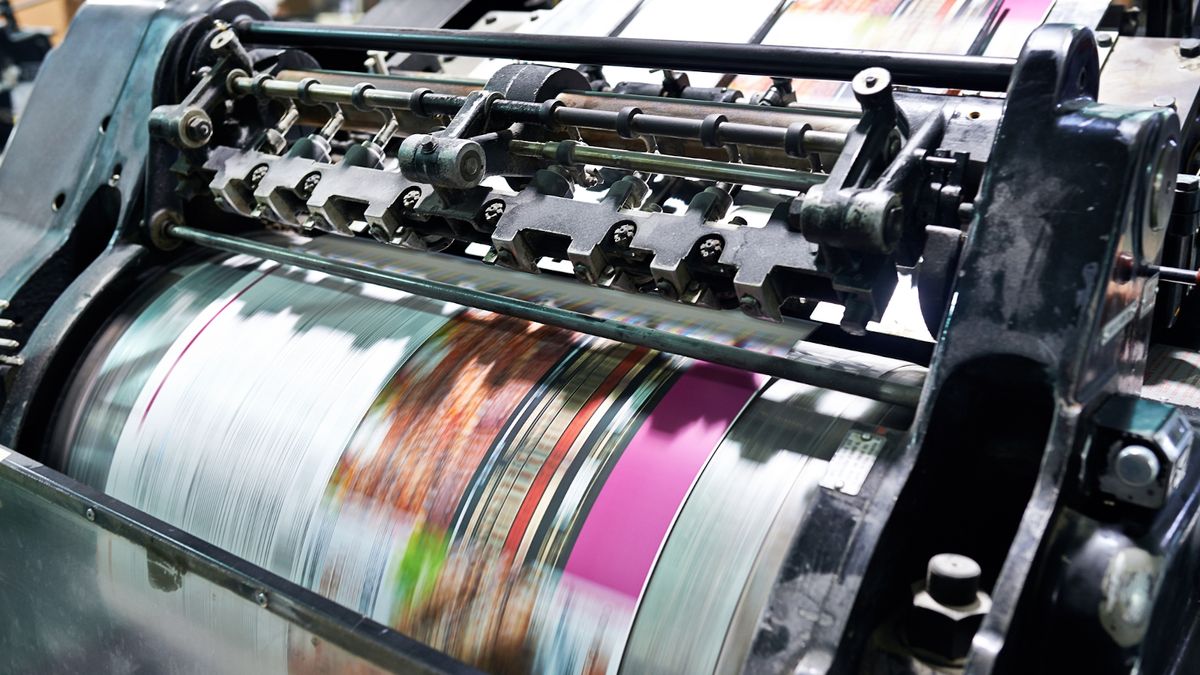In the world of printing, offset printing and halftone techniques have long been celebrated for their precision and efficiency. These methods have revolutionized the way we produce high-quality printed materials, making them indispensable in various industries. In this article, we will explore the intricacies of these techniques, their benefits, and their applications in the modern world.

What is Offset Printing?
Offset printing is a widely used printing technique that involves transferring ink from a plate to a rubber blanket, which then presses the ink onto the printing surface. This method is known for its ability to produce sharp and vibrant images and text. It is commonly used for printing newspapers, magazines, brochures, and more.
Advantages of Offset Printing
The primary advantages of offset printing include its ability to produce consistent, high-quality prints and its cost-effectiveness for large print runs. It also allows for a wide range of paper types and finishes, making it versatile for various applications.
Exploring Halftone Techniques
Halftone techniques are used to reproduce images using dots of varying sizes and spacing. This method creates the illusion of continuous tone, allowing for the representation of photographs and detailed images in printed materials.
The Role of Dots in Halftone Printing
In halftone printing, dots are strategically arranged to simulate shades of gray. Larger dots create darker areas, while smaller dots produce lighter areas. This technique is essential for achieving realistic images in print.
Applications of Offset Printing and Halftone Techniques
The combination of offset printing and halftone techniques is used in a variety of applications, including:
- Newspaper Printing
- Magazine Production
- Brochure Design
- Business Cards
- Packaging Materials
For more information on how offset printing is used in these applications, you can visit Offset Printing for Newsletters.
Offset Printing vs. Digital Printing
While offset printing is known for its high-quality and cost-effectiveness for large runs, digital printing offers flexibility and quick turnaround times for smaller quantities. To learn more about the differences, check out this external resource on Offset vs. Digital Printing.
How Halftone Techniques Enhance Printing
Halftone techniques enhance the printing process by allowing for the reproduction of detailed images with a limited color palette. This is crucial for maintaining image integrity in print.
The Importance of Color in Printing
Color plays a vital role in offset printing and halftone techniques. The use of CMYK (Cyan, Magenta, Yellow, and Key/Black) inks ensures accurate color reproduction and consistency.
Challenges in Offset Printing and Halftone Techniques
Despite their advantages, offset printing and halftone techniques present certain challenges, such as setup time and the need for precise color calibration. However, advancements in printing technology continue to address these issues.
Future Trends in Printing Technology
The future of printing technology holds exciting possibilities, including advancements in digital printing and the integration of AI to optimize printing processes.
Conclusion
In conclusion, the combination of offset printing and halftone techniques remains a cornerstone of the printing industry, providing high-quality and versatile solutions for a wide range of applications. As technology evolves, these techniques continue to adapt, ensuring their relevance in the modern world.

FAQ
What is the main advantage of offset printing?
The main advantage of offset printing is its ability to produce consistent, high-quality prints at a cost-effective rate for large print runs.
How do halftone techniques work?
Halftone techniques work by using dots of varying sizes and spacing to create the illusion of continuous tone, allowing for realistic image reproduction in print.
Can offset printing be used for small print runs?
While offset printing is best suited for large print runs, it can still be used for smaller quantities, although digital printing may be more cost-effective for such cases.
This article contains affiliate links. We may earn a commission at no extra cost to you.







